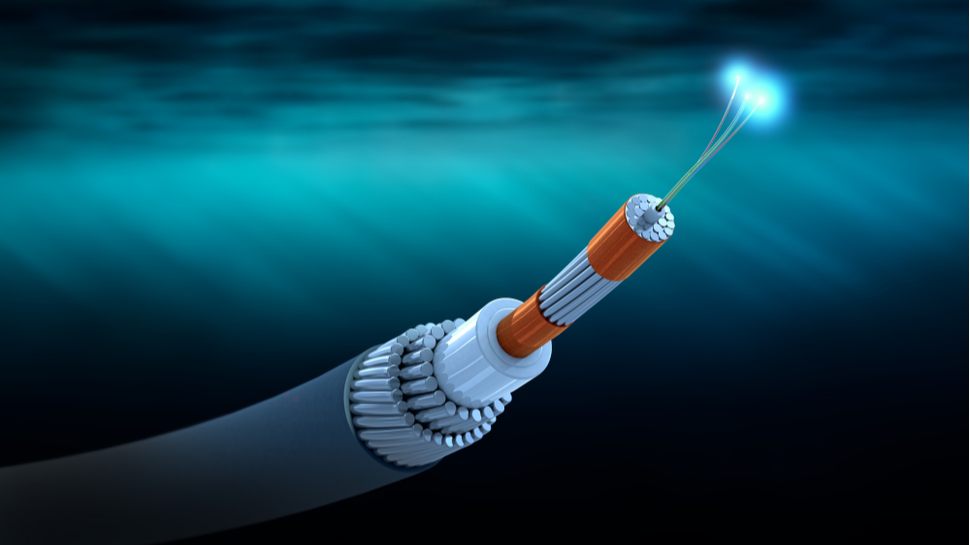Google, Facebook to activate undersea web cable, excluding China and Hong Kong
12,800km cable was originally billed as the first to connect the US and Hong Kong

Google and Facebook have filed to activate the Pacific Light Cable Network (PLCN) between the US, the Philippines and Taiwan.
The submarine internet cable network, announced in 2016, was originally billed as the first to connect the US and Hong Kong.
However, sections running to Hong Kong and China will remain inactive amidst security concerns and ongoing conflict between Washington and Beijing.
- Google Cloud is now able to store all your secrets
- Preserve your online privacy with the best VPN services of 2020
- UK Huawei ruling leaves 5G politics to the politicians
Today, roughly 380 undersea cables carry over 99.5 percent of all transoceanic data. PLCN boasts 12,800km of cabling and an estimated capacity of 120TB per second, which would make it the highest capacity trans-Pacific route.
Geopolitics
Google and Facebook might be the most high-profile stakeholders in PLCN, but much of its fibre optics belong to an organisation called Pacific Light Data Communication.
The sale of this company to a Beijing-based broadband provider Dr Peng Telecom & Media Group in 2017 triggered concerns that have dogged the project ever since.
Dr Peng is not itself state-owned, but has strong links with Huawei, the Chinese mobile giant accused by the US government of posing a significant security threat.
Sign up to the TechRadar Pro newsletter to get all the top news, opinion, features and guidance your business needs to succeed!
Losing patience with delays, Google and Facebook have requested permission to activate only the self-owned portions of the undersea cable network (running between the US, the Philippines and Taiwan). This would effectively cut Pacific Light Data Communication from the project.
The application to the FCC states: “[Google] and [Facebook] are not aware of any national security issues associated with operation of US-Taiwan and US-Philippine segments.”
“For clarity, [activating these portions of the network] would not authorise any commercial traffic on the PLCN system to or from Hong Kong, nor any operation of the PLCN system by Pacific Light Data Communication,” it continued.
In a 2016 blog post, Google said it intended to provide enough capacity for Hong Kong to have 80 million concurrent HD video conferences with LA. In the end, geopolitics put paid to this particular ambition.
- Here's our list of the best web hosting services of 2020
- And the best working VPNs for China
Via TechCrunch

Joel Khalili is the News and Features Editor at TechRadar Pro, covering cybersecurity, data privacy, cloud, AI, blockchain, internet infrastructure, 5G, data storage and computing. He's responsible for curating our news content, as well as commissioning and producing features on the technologies that are transforming the way the world does business.